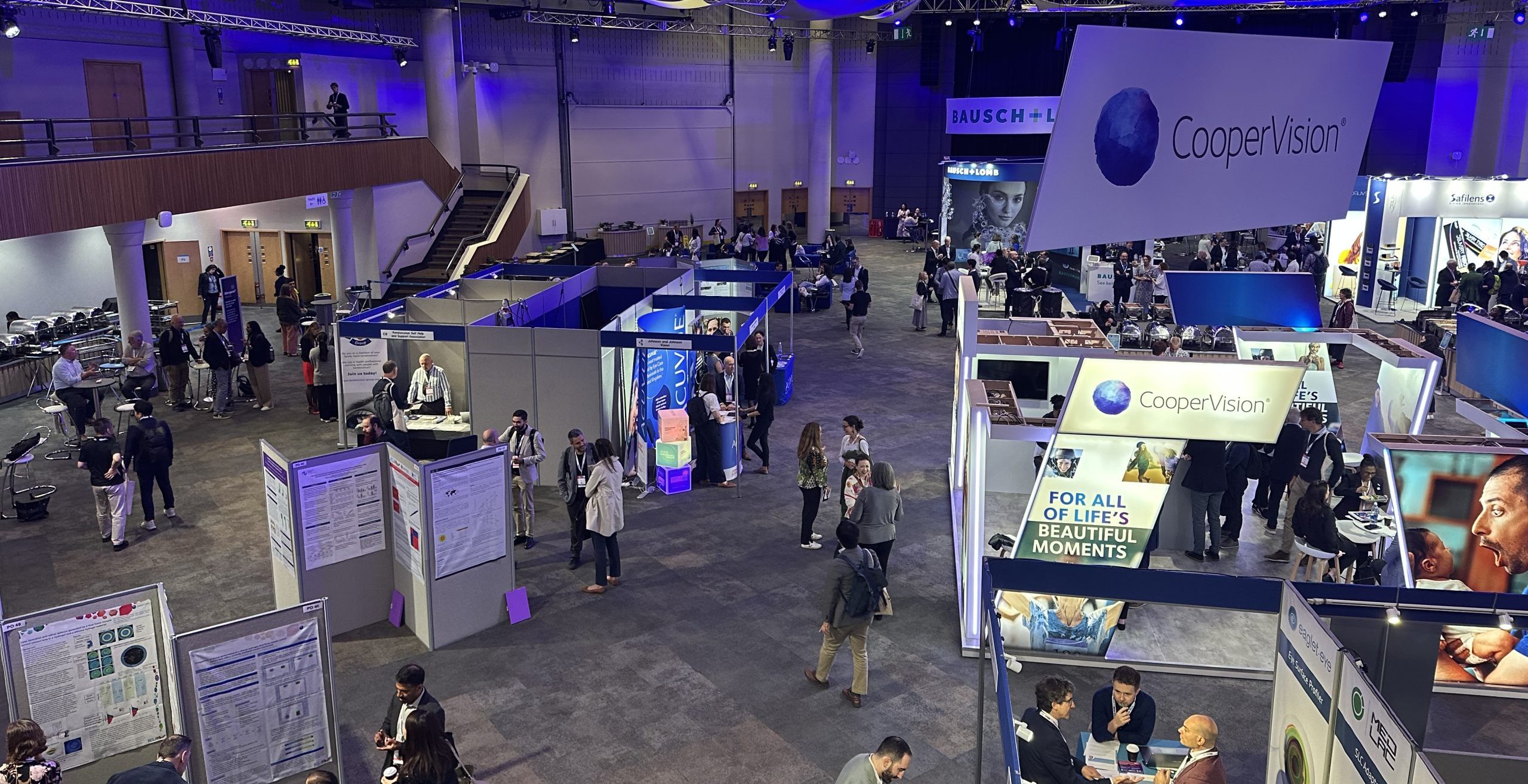What is dry eye?
Dry eye is caused by either a lack of the watery part of the tear film, or a poorly functioning waxy or oily part. This causes the tear film to become hypertonic and break down, causing inflammation of the eye surface. You can treat the symptoms with eye drops. We analyse your eyes, your health and your lifestyle to treat the cause of your dry eye and create a long lasting solution, that can be life changing. Whether you have dry or watery eyes, we diagnose the cause and provide tailored solutions for your sore eyes, using the latest technologies.
How much is a dry eye treatment?
There are many types of treatments available, including tear duct syringing and IPL treatment, to name a few. We recommend you join EyeSense, a clinical eyecare monthly direct debit plan to cover all your eyecare needs. The plan starts from just £21 per month for a dry eye assessment and bespoke dry eye plan.
Eye comfort solutions by Optometrists
Assessment
Firstly we ask you to complete a questionnaire to clarify your exact symptoms and also to quantify their severity. We then we take a detailed history and symptoms to narrow down the potential causes of your eye symptoms.
Typical symptoms are red eyes, soreness, burning, itchy, gritty, painful, dry, blurriness, or even watery eyes.
Causes of sore eyes can be linked to hormones, age, previous eye surgery such as refractive laser eye surgery, lid surgery causing lid misalignment, Bells palsy or previous ocular injuries. Health conditions that can cause dry eye include Sjorgren's, diabetes, connective tissue disorders, hepatitis C, Parkinsons, acne rosacea, thyroid disease, rheumatoid arthritis, depression or sarcoidosis.
Environmental causes include smoke, anything that increases tear film evaporation rates, such as air conditioning, central heating, wind or the cold (if your eyes water in cold weather this is a clear sign of evaporative dry eye). Digital device use can also cause dry eye due to the induced reduced blink rate. Poor diet can also affect dry eye, specifically a diet low in omega 3.
Medications that can cause dry eye include Beta Blockers, diuretics, oestrogens, glaucoma eye drops, oral contraceptives, SSRIs, opioids, antivirals, antipsychotics, anti-histamines and anticholinergics.
The slit lamp is a powerful microscope that enables us to take a detailed view of the front of your eyes. We start by looking at your face, starting with looking for signs of acne rosacea. We then move onto your eyelids, and look for any signs of allergy, inflammation or misalignment. We look at eye lashes, look for misalignment (in-growing eyelashes can cause great discomfort). Entropion is the name for eyelids that turn in, damaging the cornea and ectropion for eyelids that turn out, creating a stagnant tear pool and increasing the risk of infection and watery eyes.
We look at the meibomian glands along the lower and upper eyelids and check their functionality. We check the fluid expressed and for foam in the tear film We also look for telangectasia and foam in the tear film, an indication the glands are not producing enough of the waxy fluid. We then take a good look at the ocular surface, and the conjunctiva and cornea. We use dyes to check for corneal and bulbar dryness, too.
We use a MYAH to measure the quality of the tears spreading over the cornea, and the quantity of the watery part of the tears by measuring the tear prism height at the lid margin. It also provides a picture of the meibomian glands so we can see how many of the glands are functioning.
This is a simple test, but very effective. We simply place a small strip of paper over your lower eyelid and measure how many tears you produce over a few minutes. This tells us if you are suffering from a lack of aqueous, the watery part of your tear film.
By gently squeezing the meibomian glands with a specialist instrument, we can assess the fluid. If the fluid is thick and hard to express, you are suffering from meibomian gland dysfunction (mgd). However if the fluid expressed is clear, and easily expressed, then the glands are working well.
We digitally image your eyes. This is a favourite as it enables you to see what we can see, and also clearly monitor the progression and recovery as we treat the causes of your dry or watery symptoms.
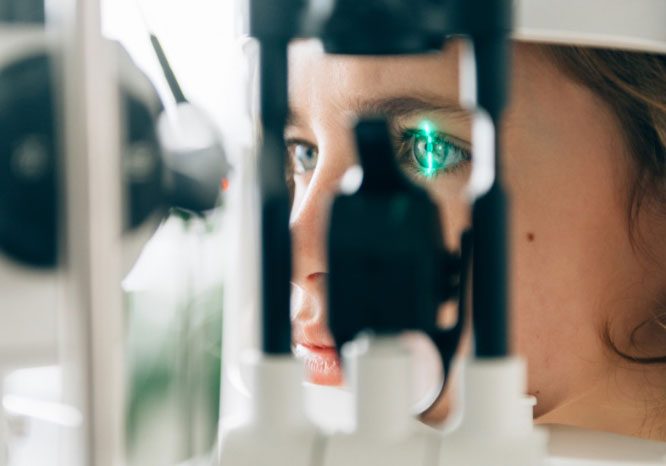
Diagnosis

This is diagnosed in part by history and symptoms and in part by measuring the volume of tears available using the slit lamp, the Schirmer test and also the Myah.
This is the commonest cause of dry eye due to a lack of lipid/oil in the tear film. This is often due to eyelid inflammation caused by meibomian gland dysfunction or blepharitis. This is diagnosed by careful examination of the eyelids using a slit lamp, looking for any debris, or evidence of demodex along the base of the eyelashes, foam in the tear film, blocked meibomian glands, swollen lid margins, capped glands, telangectasia or gland drop out. The glands are also gently expressed to see if the fluid is clear flows freely, or is thick and cloudy, and hard to express.
Meibomian gland dysfunction (MGD) literally means that the meibomian glands which produce the waxy fluid part of your tear film are not functioning well. The cause can vary from not enough Omega 3 in your diet, to demodex, to misalignment of your lids, to medication or hormones, or age. The earlier the cause is addressed, the less likely the problem will be long term. The waxy part of your tears stops the watery part evaporating off your eye surface too quickly. It stabilises your tear film. Without this waxy part functioning well, your tears become hypertonic, meaning that they are too concentrated and damage the front surface of your eye causing inflammation. This in turn damages the goblet cells of the conjunctiva which produce the mucous or sticky part of the tears which stick the tears to your eyes. Therefore your eyes become dry and produce more of the watery part, which doesn't stick well, and so the cycle continues. Treatment means breaking this cycle of doom.
Blepharitis is inflammation of the eye lids, often caused by an overgrowth of normal bacteria living along the lid and base of the eyelashes. The prevalence increases with age as we make fewer natural antibodies in our tears. Blepharitis can also be caused by tiny mites called demodex. Common symptoms include itchy or scratchy eyes, tearing, crusting, redness or inflammation, dry eyes and eye rubbing. As the eyelids can be difficult to clean, we often recommend blephex, an in-depth lid cleaning procedure we perform in clinic.
Demodex is a tiny mite that is often found harmlessly on our skin. If however it multiplies and takes up residence in the base of our eyelashes, it can cause inflammation and blepharitis. Demodex can be treated in a variety of ways, addressed in the next section.
Tear duct issues can be the cause of both dry and watery eyes. If the lids are misaligned or if the tear ducts are blocked, then the tears are unable to drain away down the ducts, causing a stagnant tear pool, increased risk of infection, and watery eyes. Tear duct syringing is a painless and quick procedure and can be performed by all of our trained optometrists.
If you have a shortage of the watery part of your tear film, the aqueous, then popping a set of punctal plugs in to block the lower lid ducts to make the most of your tears might be the best option for you.
Whilst examining your eyes, we assess your blink rate, tear film break up time, and the quality of your blink. If your blink is ineffective or incomplete, or if your tear film breaks down too quickly, this could be the cause of your dry or watery eyes.
Misaligned lids are also a common cause of dry or watery eyes. If the lids turn inwards (entropion) this can irritate the front surface of the eye. Conversely if the lids turn out or ectropion, this can prevent the tears draining away effectively from the eyes. Either way we can diagnose the cause and point you in the direction of an effective solution.
Dry Eye Treatments Available
A set of gentle light pulses are directed to the skin just below your eyes. This stimulates the meibomian glands to produce higher quality fluid in a variety of ways. The light pulses stimulate the release of neurotransmitters which stimulate the secretion of the meibomian glands, restoring the quality of the gland secretion, along with stabilising the lipid layer of the tear film. The light also warms and melts the meibum, unblocking the glands, reduces demodex, and coagulates abnormal blood vessels. Finally, the light acts on ATP production to increase collagen synthesis and motility in immunoregulatory cells.
Four treatments, followed by an annual top up is the most effective method.
What Happens During IPL Treatment?
Whilst you are sitting comfortably in a chair, the optometrist simply covers your eyes with protector shells and applies a special gel.
A series of 8-10 light pulses are then aimed at the area below the eyes, before being repeated in the same way on the other eye.
The treatment needs only 4 sessions to make a difference: day 1, day 15, day 45 and day 75. People have however noticed a difference after just one session, and it has been life changing for some. An annual top up is recommended.
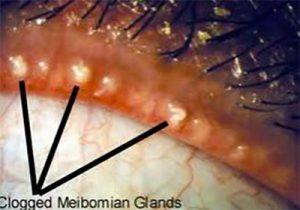
This is both a home treatment and an in clinic treatment. We recommend a tailored course of heated eyelid bags to be used at home, followed by either blink exercises or lid massage. This is supplemented by attending in clinic, applying a heat treatment for 8 minutes, followed by lid expression with a specialist instrument using the slit lamp for a deep, accurate and thorough expression of each gland.
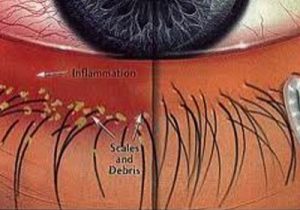
Blepharitis causes crusting at the base of the eyelashes. We advise a course of tailored home treatments depending on the cause of the blepharitis. We recommend this is supplemented by a 3 monthly or 6 monthly in practice top-up using the blephex machine which has a medical grade micro-sponge. This does tickle a bit! But deep cleans the base of the eyelashes, far more than a lid wipe alone can achieve.

Demodex can be effectively treated in a variety of ways. Having examined your eyes, we will discuss with you the best solution for your eyes. This might involve a deep clean of the base of your eyelashes with the blephex machine, specialist lid wipes specifically for demodex, or medication which has been shown to be very effective against demodex and has produced incredible results.
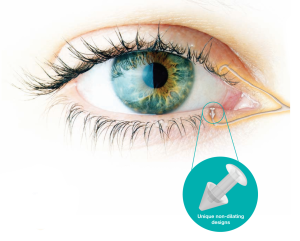
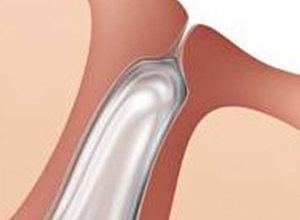
Tear Duct Syringing:
Do your eyes water on a windy day or when walking in cold weather? This can be quite embarrassing, but can often be easily treated.
Your tear ducts are situated at the end of your upper and lower eyelids, near your nose. They can become blocked or narrow over time. We can assess how well they are working and can help reopen them using a simple syringe and saline. The procedure is quick and gentle and the effects immediate.
Book an appointment in our Dry Eyes/ Tear Film clinic for an assessment. We often carry out the tear duct syringing procedure at this same appointment.
Punctal Plugs:
Are your eyes dry, red, sore or itchy? This might be because you don't have enough of the watery part of your tears in your tear film. This may be because your lacrimal glands are not producing enough tears, or because your tear film is simply not working well. This procedure is quick and simple. To maximise the tears you naturally produce, a punctal plug is used to block the tear duct on your lower eye lid, to prevent most of the tears draining away. This can alleviate the need for eye drops. There are two main types of punctal plugs. Intracanalicular plugs sit within the tear duct - see the far right hand picture; or plugs that sit just at the top, pictured on the left.
Book an appointment in our Dry Eye / BrightEyes clinic to discover which treatment will be the most effective for your eyes.
Sometimes a little help is needed with a prescription of topical or systemic medication. Four of our optometrists are specialist Therapeutic Optometrists and able to prescribe to help alleviate your symptoms. A variety of medication has been shown to be highly effective in treating some of the causes of dry eye. This does include the usual eye drops, but also includes a variety of solutions such as antibiotics to treat blepharitis, topical steroids, topical immunomodulatory solution, topical LFA-1 antagonist solution, oral secretagogues and autologous / allogenic serum eye drops. Most of our optometrists are IP qualified so can prescribe medications as indicated.
Contact lenses may be an alternative solutions. Mini scleral lenses are very successful, please ask for more details.
Having taken a detailed history and symptoms and examined your eyes and tear film carefully, it might well be that environmental and lifestyle changes are advised. Avoiding air conditioning, opening a window, using a humidifier, avoiding smoke, blink exercises for digital device use, increasing omega 3 intake are some of the many changes that might be advised.
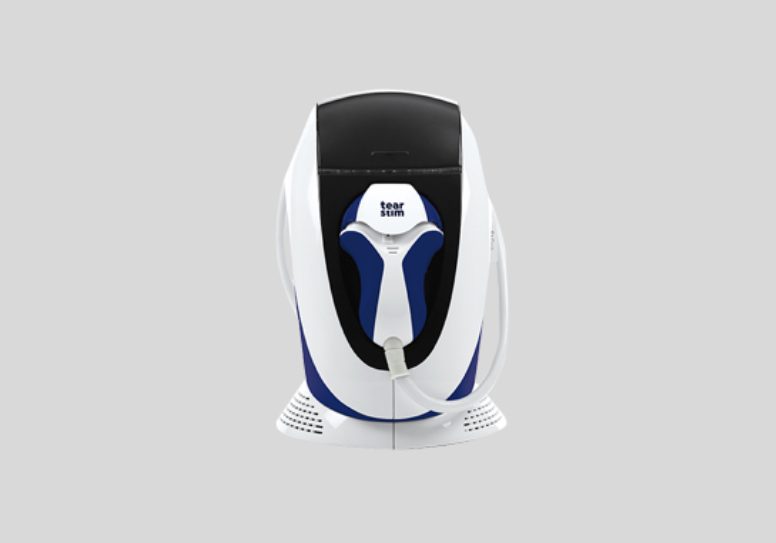
We offer our dry eye care clinic services across Bristol, Nailsea, and North Somerset.
For more information on dry or watery eye assessments and treatments in Bristol, please ask the expert and we will respond within one working day.

